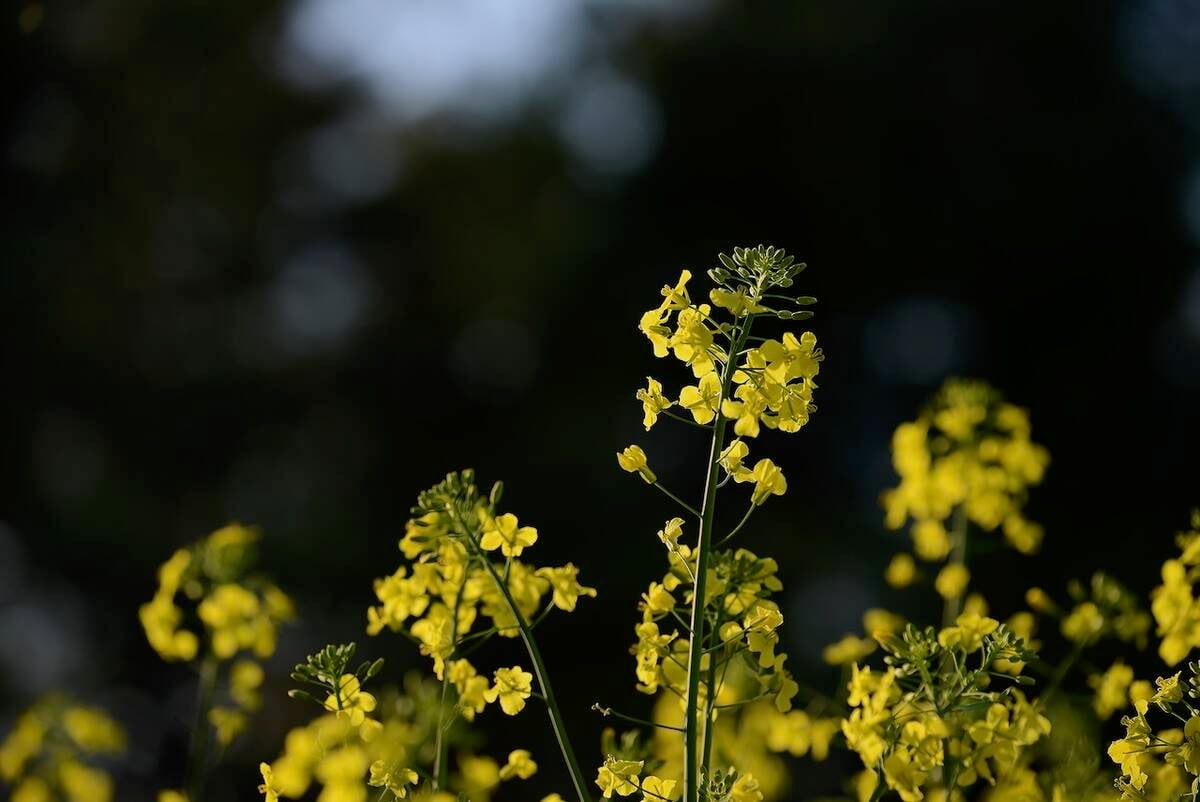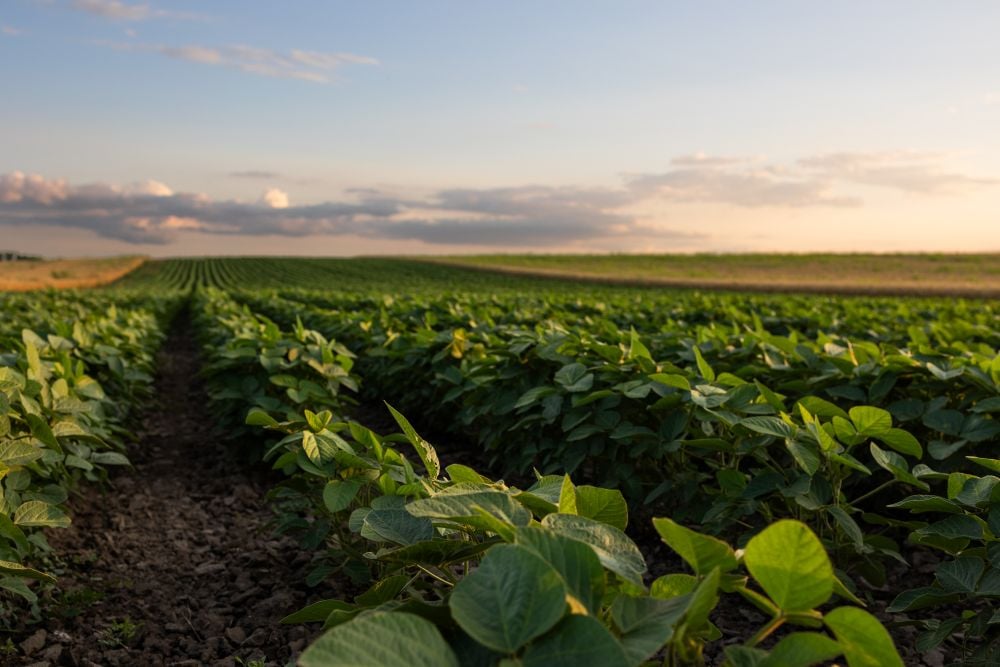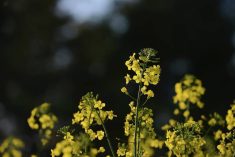Beijing | Reuters—China’s drive to boost grain production has entered a bottleneck where it is difficult to increase production further, state media reported on Monday, as Beijing launched a new drive to raise domestic output by 50 million metric tons by 2030.
The world’s largest grains importer reported a record corn crop last year and bumper harvests of other grains but continues to aim for greater output, amid rising tensions with some trade partners, climate-related disasters and military conflicts.
Read Also

Canada agriculture minister says canola trade prospects are improving after China visit
Canada’s agriculture minister Heath MacDonald said in an interview on Monday his weeklong trip to China is evidence of bilateral relations beginning to thaw, something desperately needed by Canada’s farmers and canola exporters.
“Under the current situation where it is increasingly difficult to increase production, the country has launched a new round of action to increase grain production capacity,” the state-run newspaper Economic Daily wrote.
Production of crops such as soybeans, corn, wheat and rice is being restricted by a shortage of labor, an aging farm workforce, a lack of arable land, the small scale of production units and a lack of farming technology, the report said.
“The key to improving comprehensive grain production capacity lies in science and technology,” it added.
Beijing has said it will focus on accelerating the use of high-yielding crop varieties and mechanization this year as it seeks to further improve food security.
It has also expanded its budget to stockpile grains and edible oils and strengthened policies to encourage grain planting.
“For arable land with poor conditions and difficulties in mechanizing, farmers are actively guided to plant corn, potatoes, soybeans and other high-productivity and stable-yielding crops to effectively supplement grain planting area and output,” it said.












